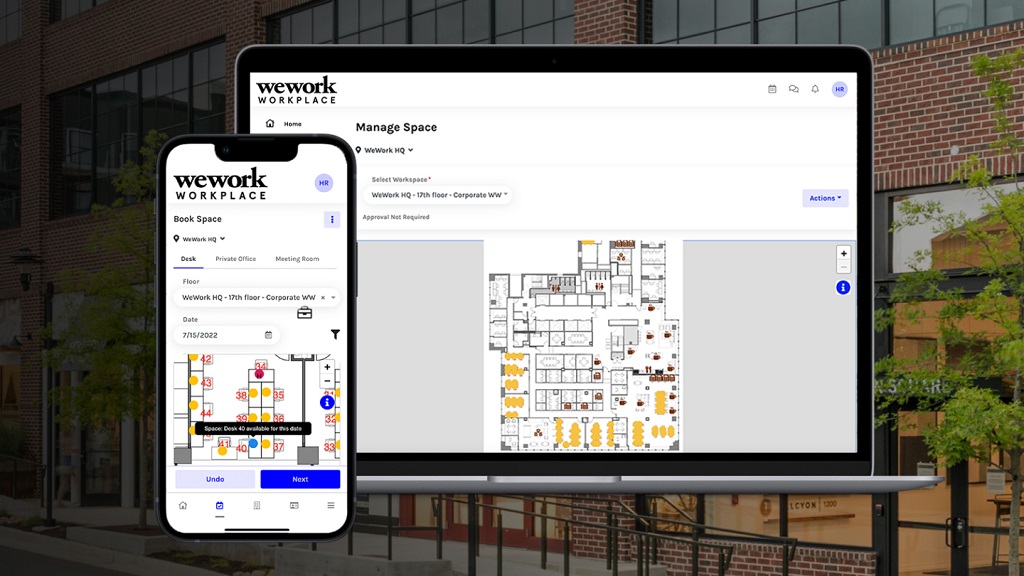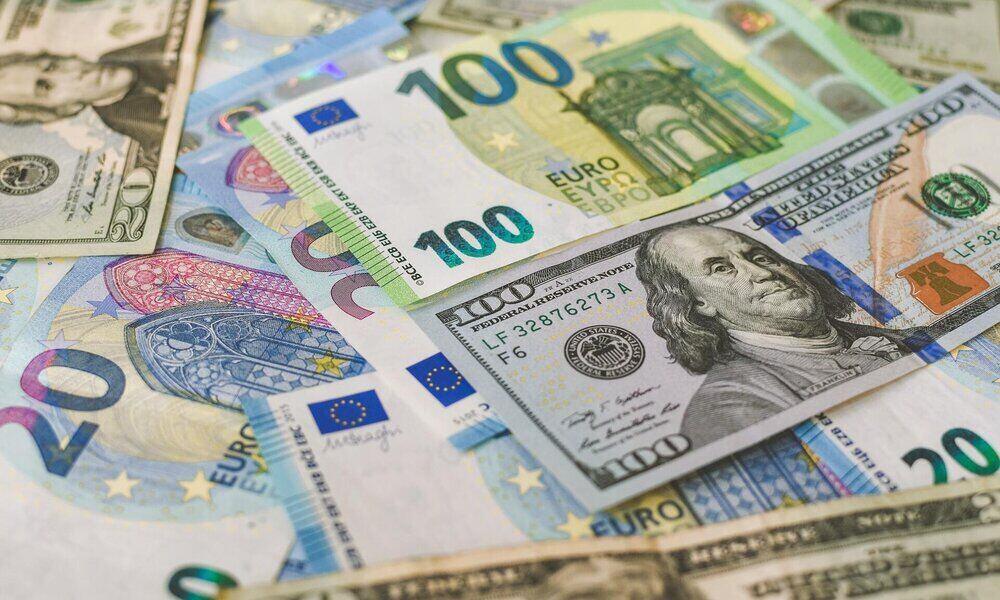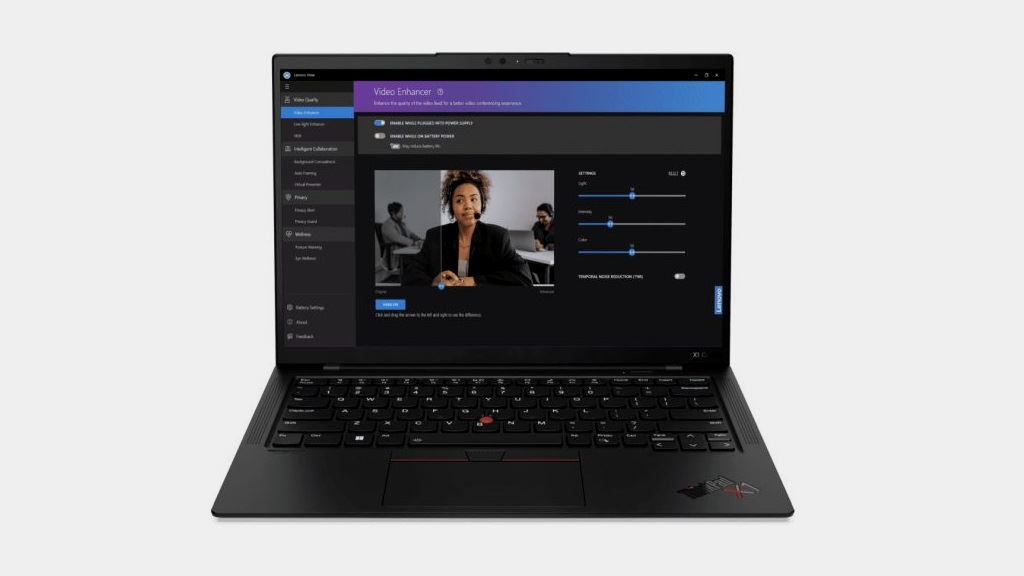
Despite the fact that Spain has been behind other European Union countries in recent years in terms of digitizing payments, the pandemic has changed the mentality of citizens. And it is that despite the fact that cash is still the preferred option of many people, the use of technology is here to stay.
Different studies included in the report Digital Society in Spain 2020-2021 of Fundación Telefónica confirm this. According to bank N26, the ATM cash withdrawals decreased in March 2020 in Spain 68%.
Another fact that speaks for itself of the situation created after the start of the pandemic was the definitive takeoff of card payments. In April 2020, it increased by 42.9% in supermarkets compared to the same month in 2019, according to data provided by CaixaBank.
This rise of digital money also has its transfer to the use of the internet for banking procedures. In the annual survey of the INE on the use of technology in 2020, it is shown an increase of 7.2 points in the percentage of individuals between 16 and 74 years of age who have carried out a banking operation through the internetwhich reached 62.1%.
electronic payment
But, where this acceleration towards digitization has been most noticeable, is in electronic payments. Although it was a growing trend for a long time, in 2020 there was an increase that seems to have no brake.
Proof of this is the continuous reduction in the number of ATMs, also caused by the increase in the number of point of sale terminals (POS).
Once again, the figures provided by the Digital Society in Spain 2020-2021 report are the ones that best illustrate this trend. In the second quarter of 2020, two million POS terminals were reached for the first time in Spain (+6%).
In fact, cash withdrawal has not picked up after the lockdown. In the second quarter of 2020 it fell by 51.8% compared to the same period of the previous year and in the third quarter the fall was still clear at 26.4%.
The opposite of operations through TPV which, although during confinement they were reduced by 16.3% compared to 2019, in the following three months, they grew in the same proportion.
This change in behavior opens up new business niches, not only for banking entities, but also for new technology companies in the financial sector (fintech), which are seeking a place in the market as an alternative to traditional banks.
63% growth
According to a report from the Bank of Spain, at the end of 2020 the number of bank branches had decreased by nearly 50% compared to 2008, while the total number of ATMs had fallen by 20%.
An evolution that has led Spain to position itself as the third country from Europe with higher number of contactless payments, behind the United Kingdom and France. Specifically, an analysis carried out by Telecoming, collected by El Periódico, estimates that in 2021 a total of 2,594 million contactless payments were made in Spain through smartphones, cards and wearables, for a value of 41,862 million euros.
The projections prepared by this company, with data from Juniper Research, anticipate that this type of transaction will grow at an annual rate of 10% among Spanish citizens, while the advance in Europe as a whole will be somewhat more intense, since it is expected an average annual rate of 17%. With the horizon set in 2026, in Spain the volume of operations would exceed 4,228 million payments, 62.9% more than in 2021and the amount would reach 63,974 million euros.
Regarding the number of users, this report foresees a rebound from the 14 million people who currently use different mobile payment applications to make their purchases, to the 31 million in 2026which would more than double this customer base.
And it is that the increase in volume in Apple Pay or Google Pay during the next five years will drive this growth. Because analyzing payment services, the report states that in 2021 the HCE Wallet (Host Card Emulation) technology, which connects the user’s credit or debit card with the bank’s servers, is the one that concentrates the most users, with a total of six million. Behind would be Apple Pay and Google Pay, with three million users, respectively, and Samsung Pay, with two million.
However, by 2026, the situation will change: the Telecoming report indicates that Apple Pay, Google Pay and Samsung Pay will triple the volume of users and will bring together 93% of the total, to the detriment of HCE Wallet, which would reduce its user base to 2 million.



